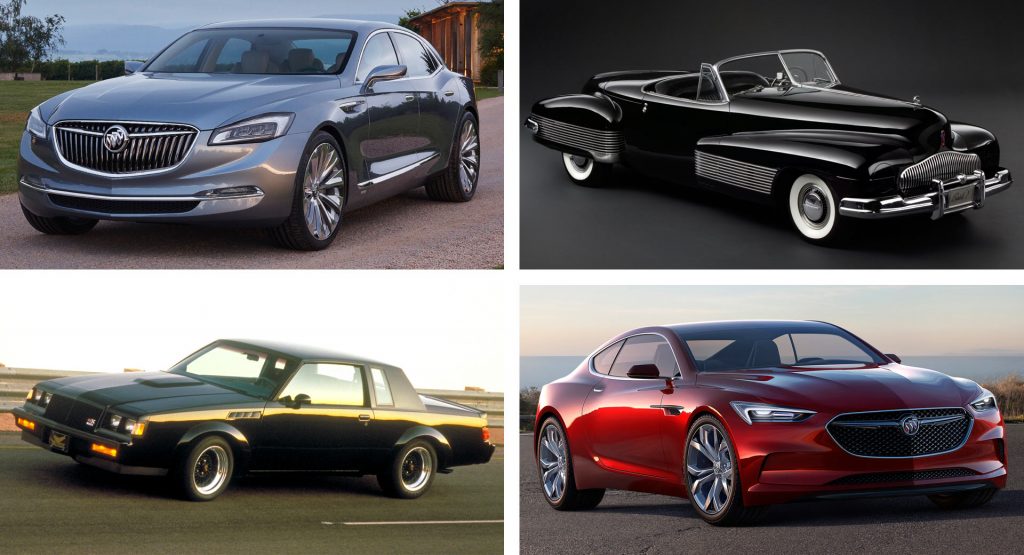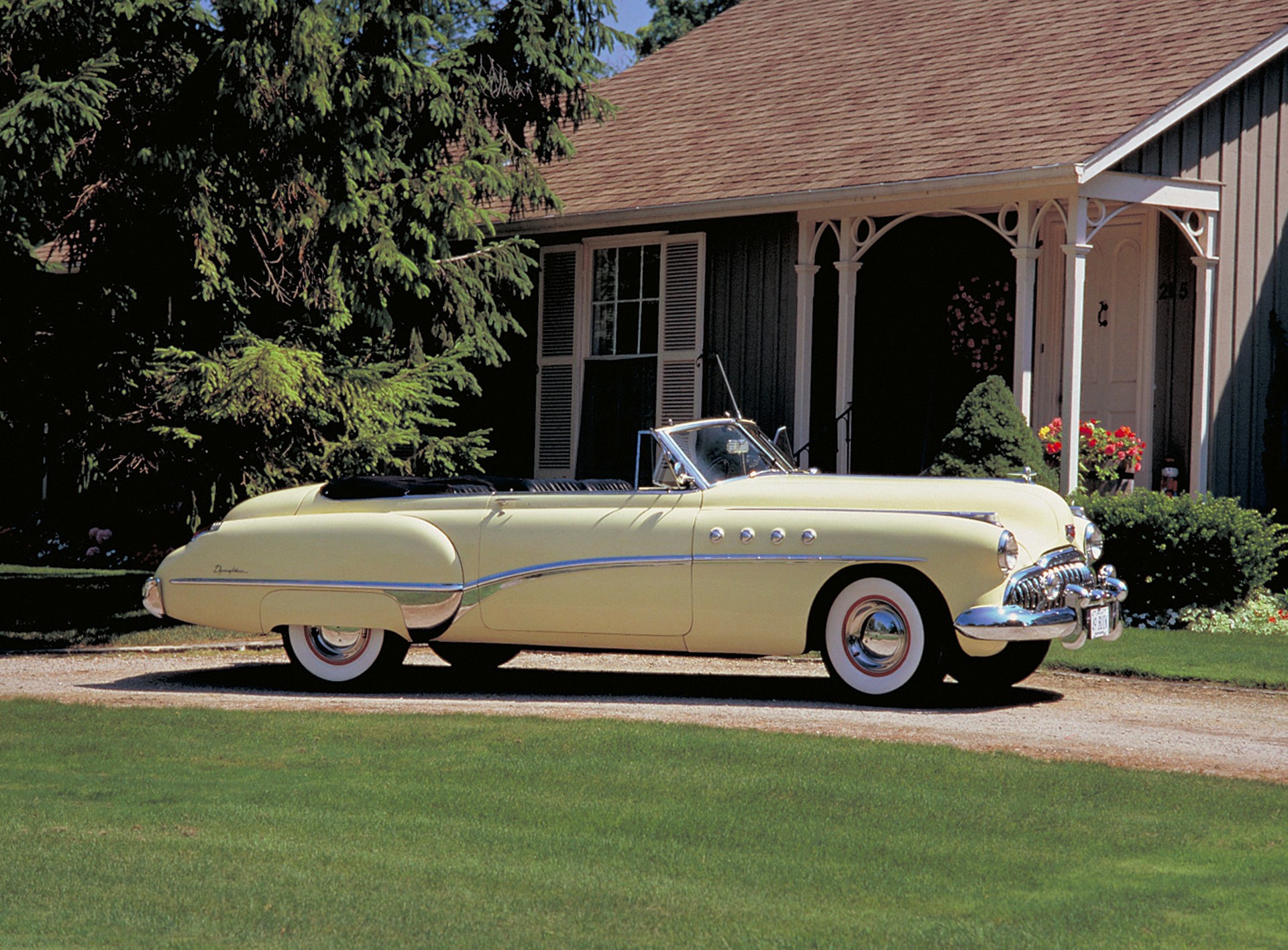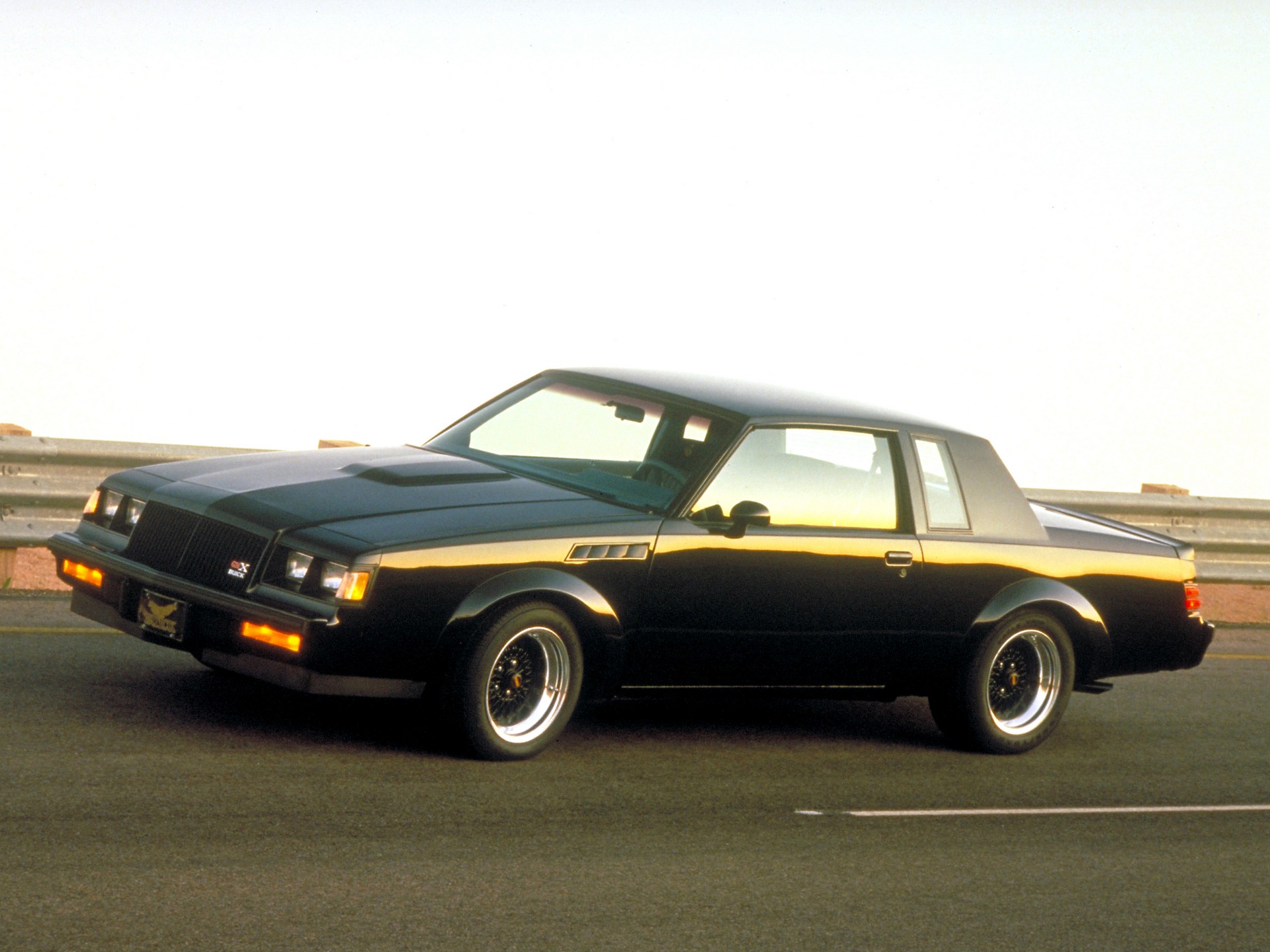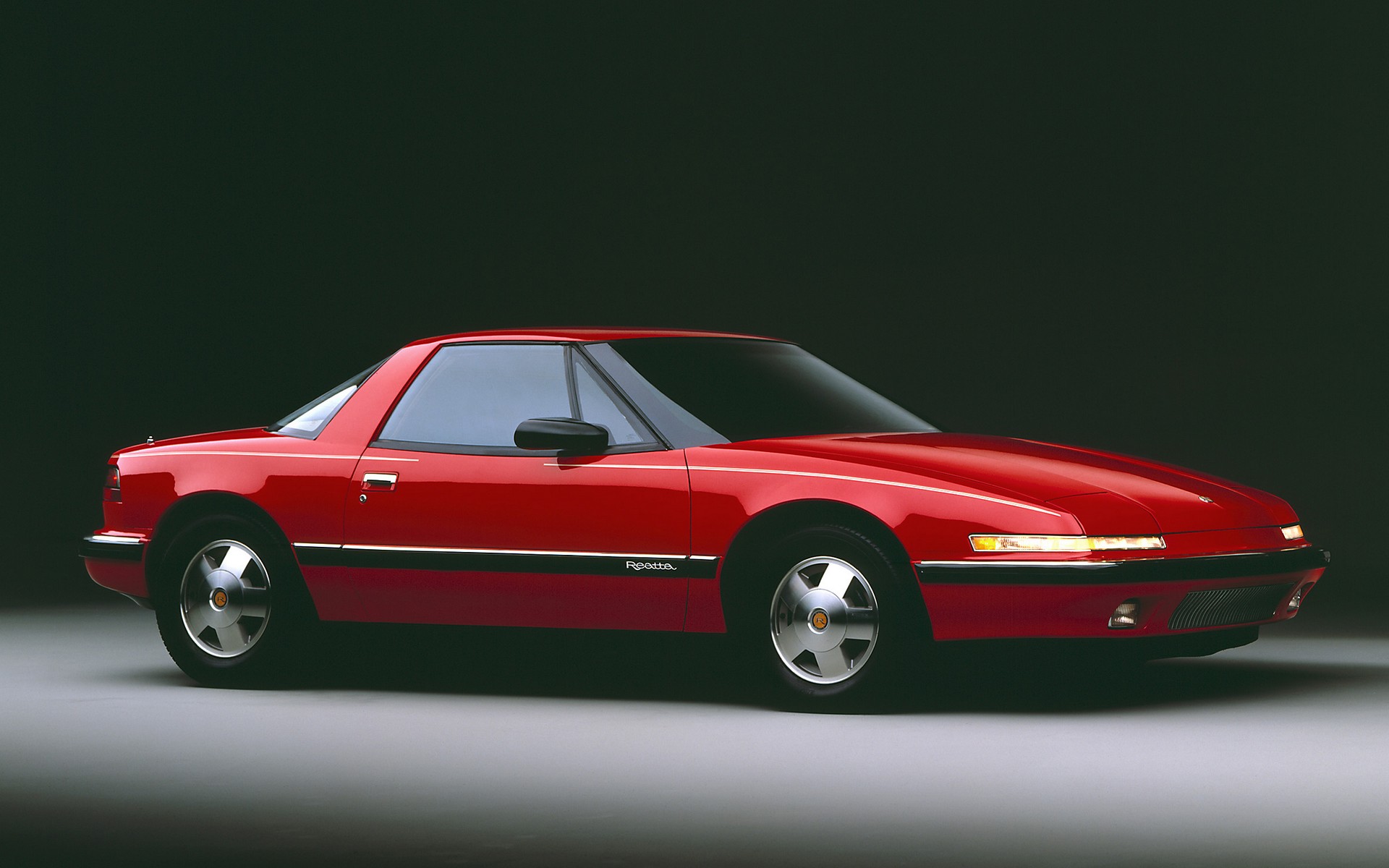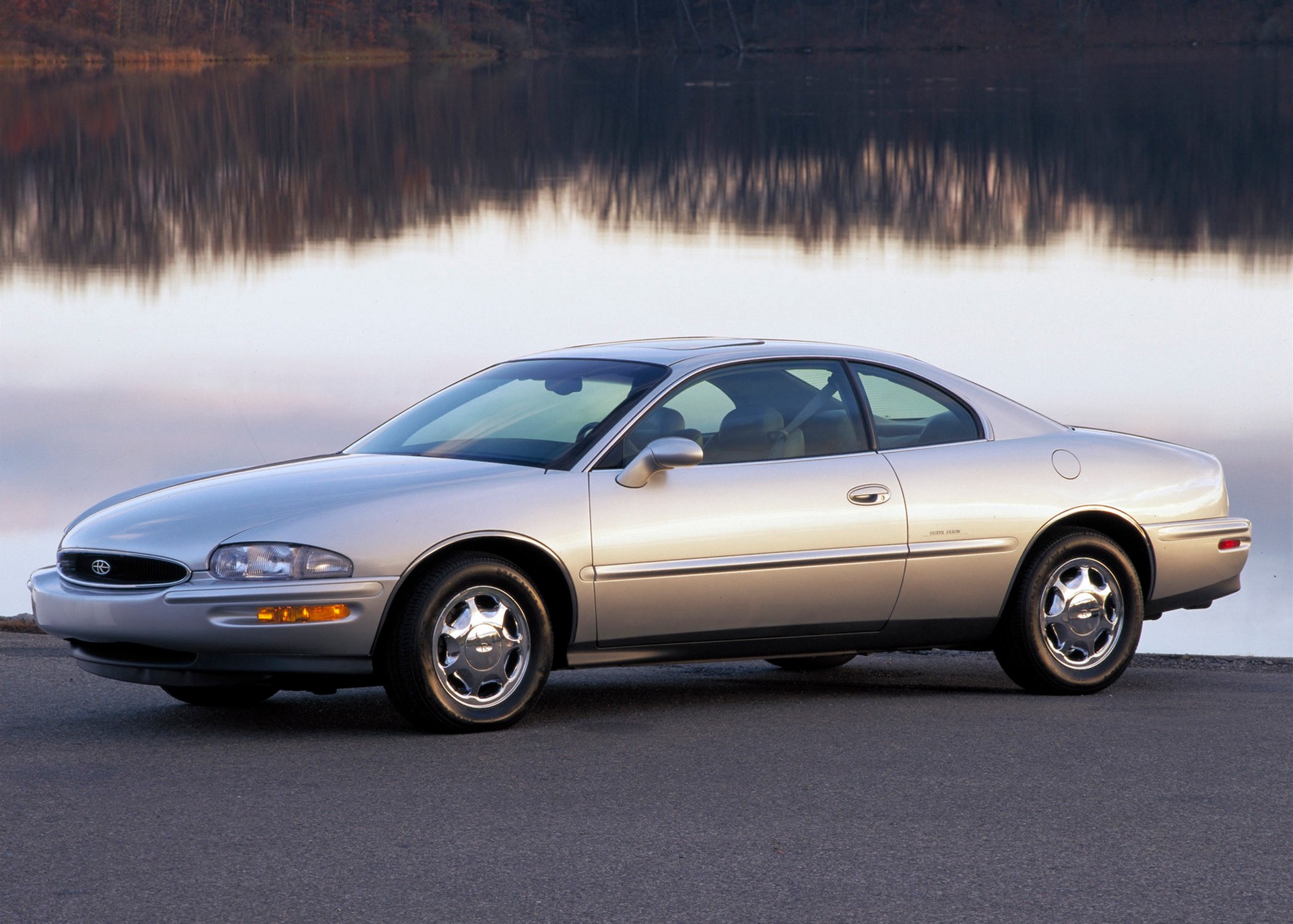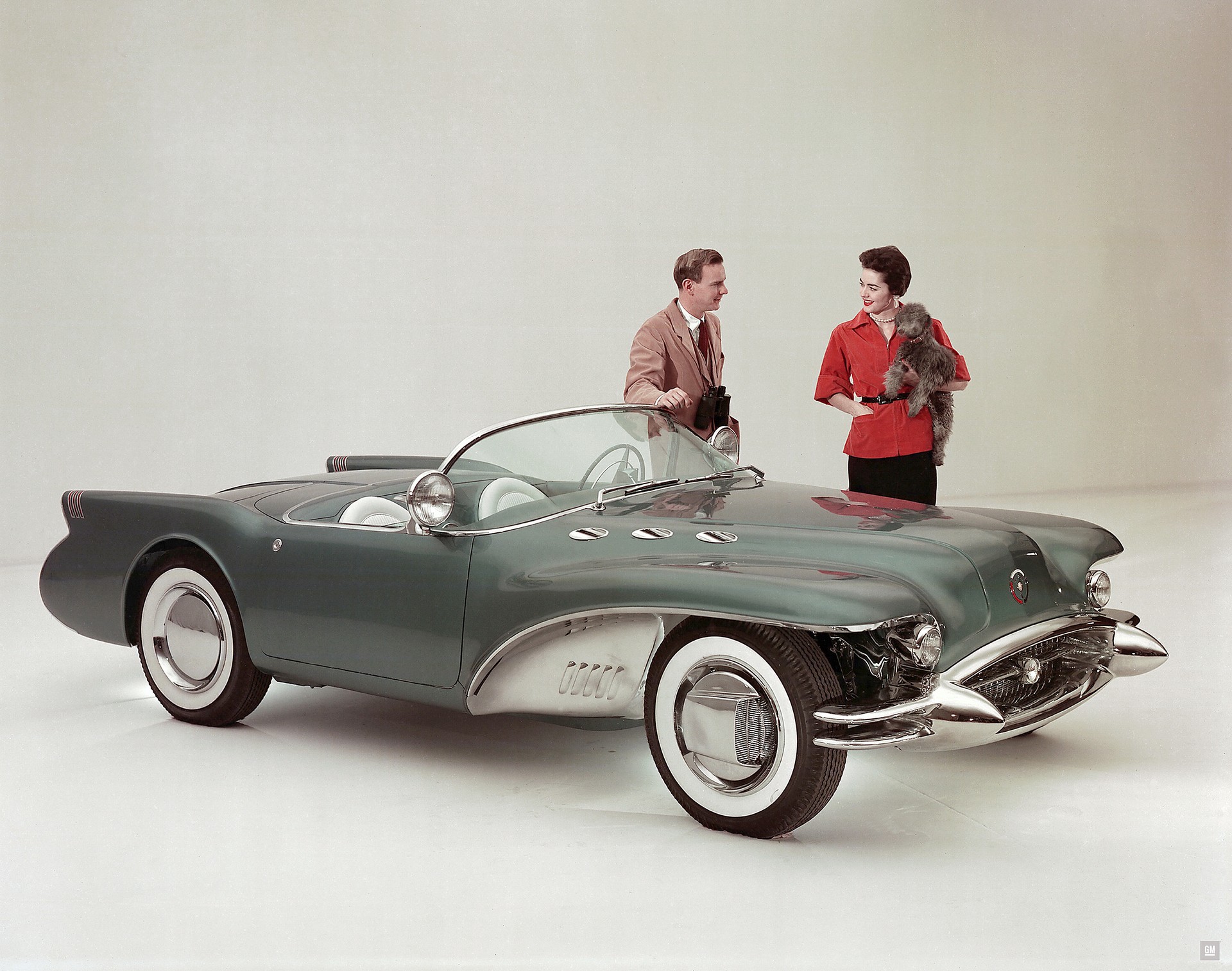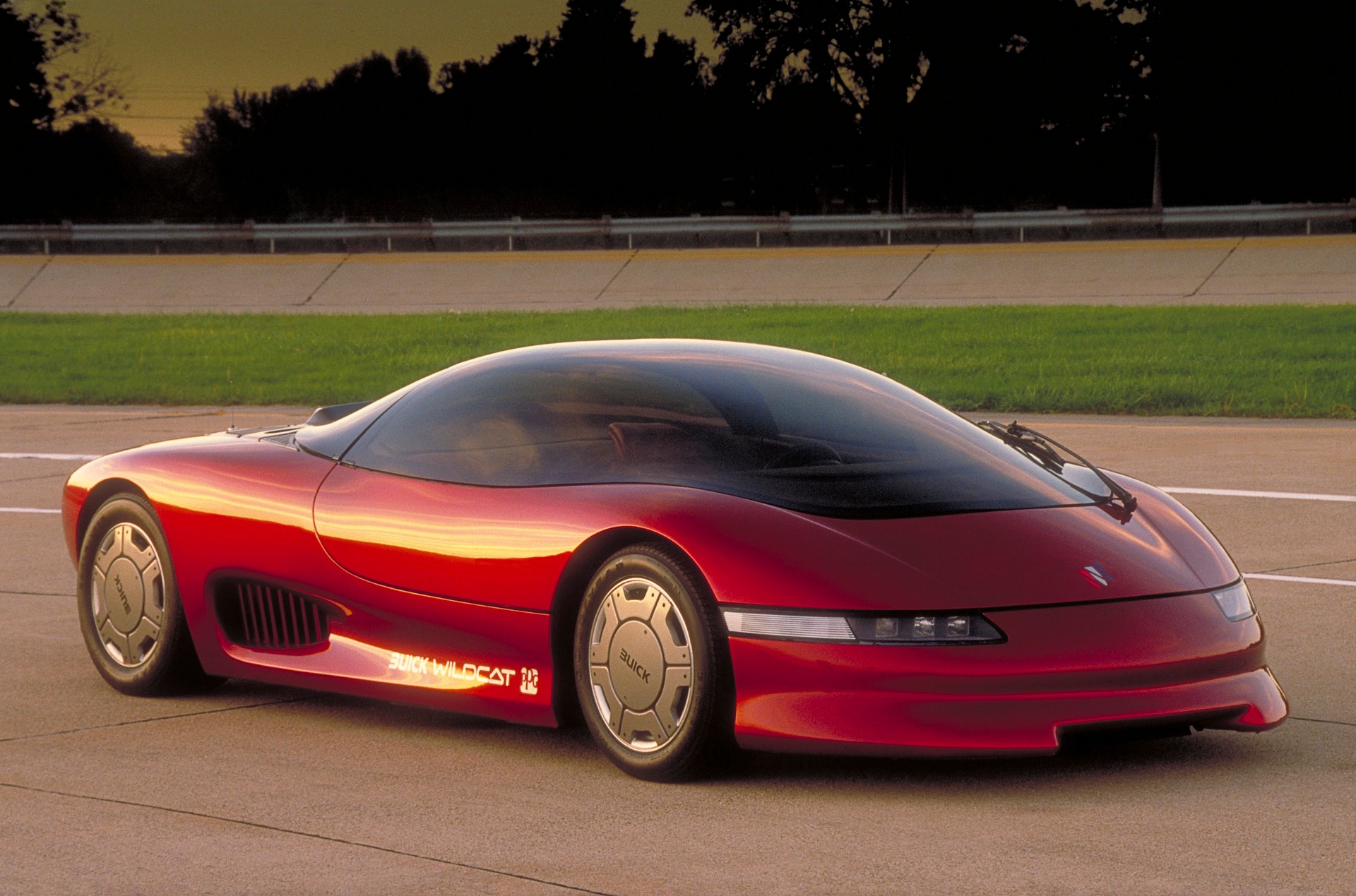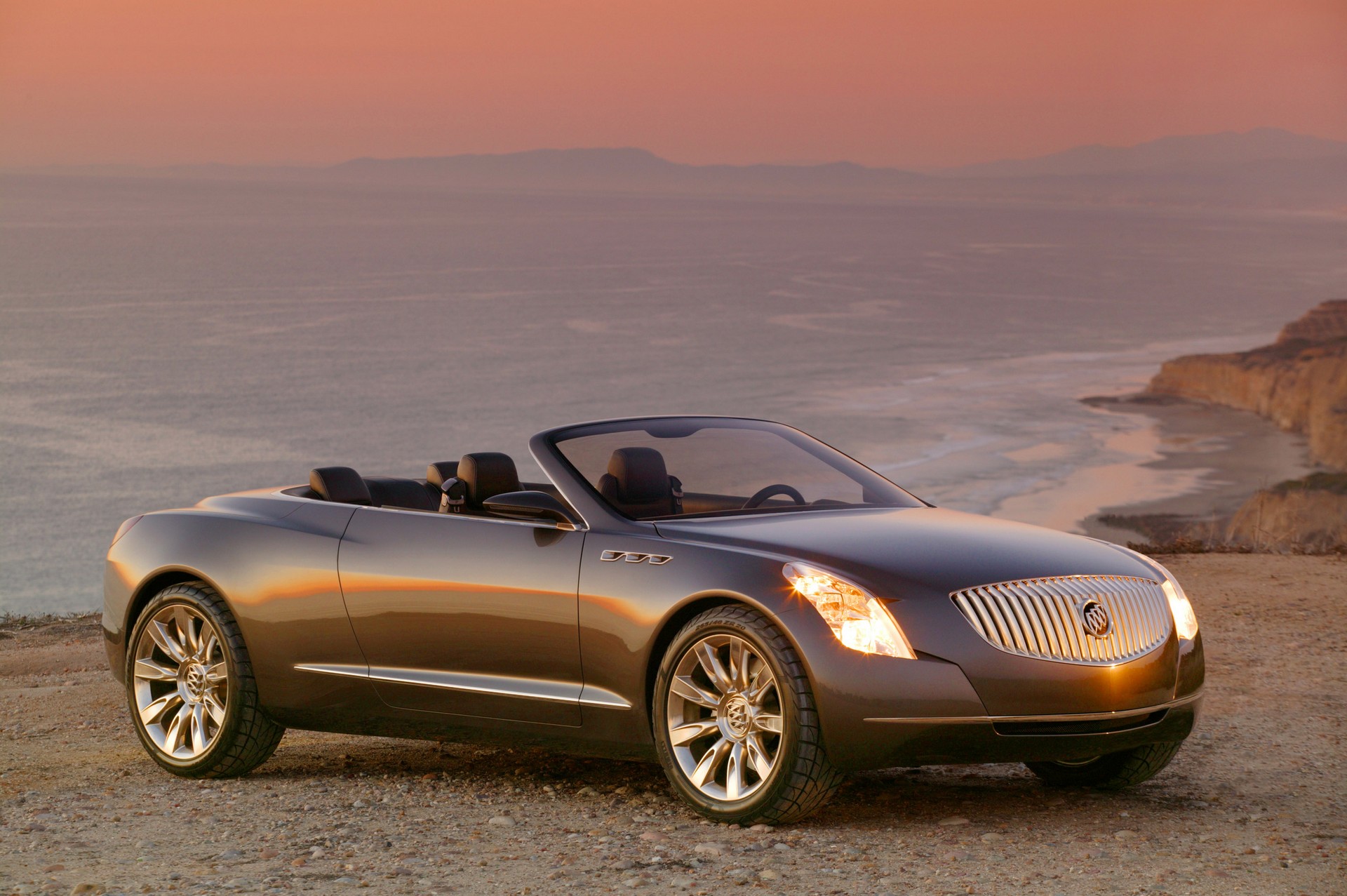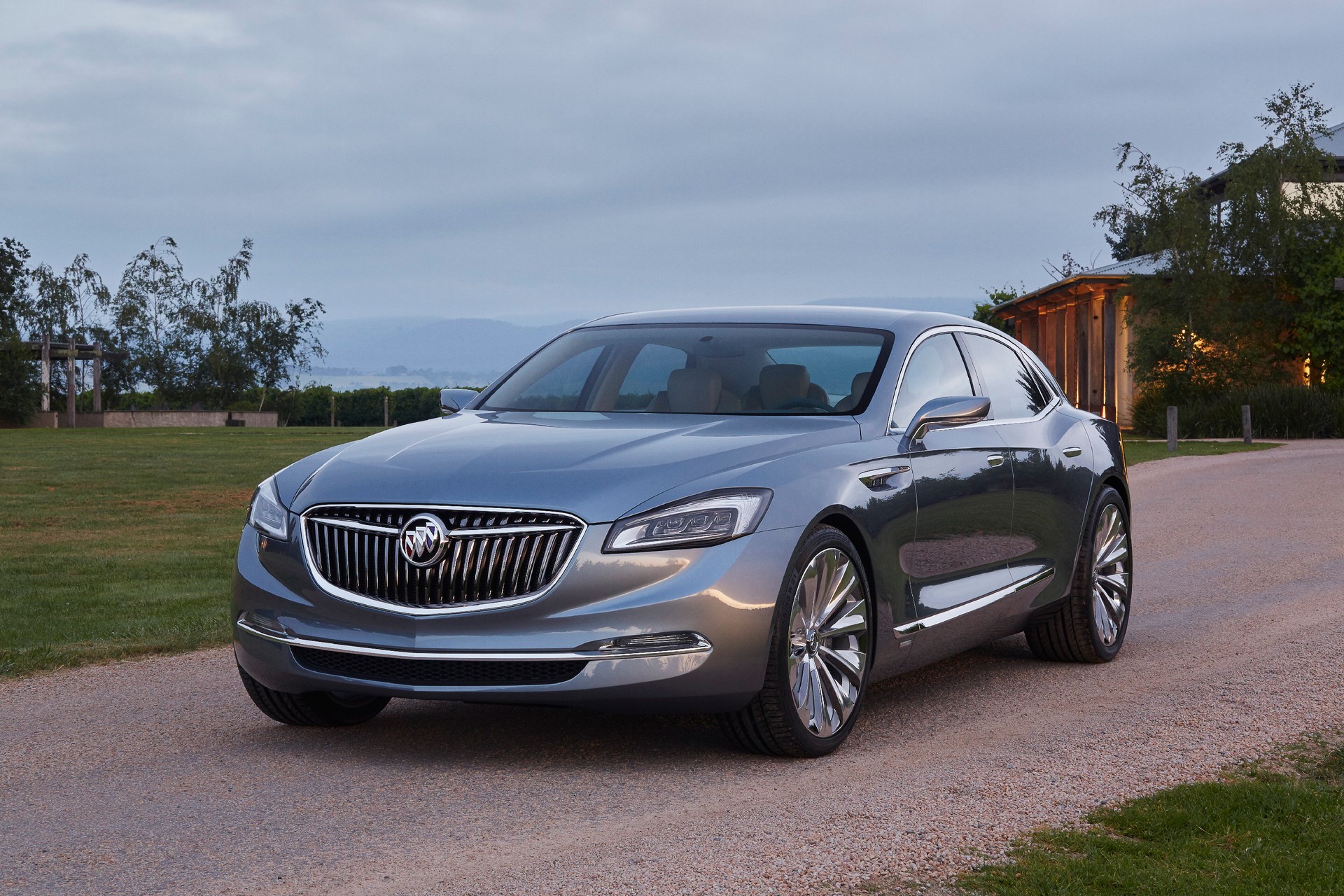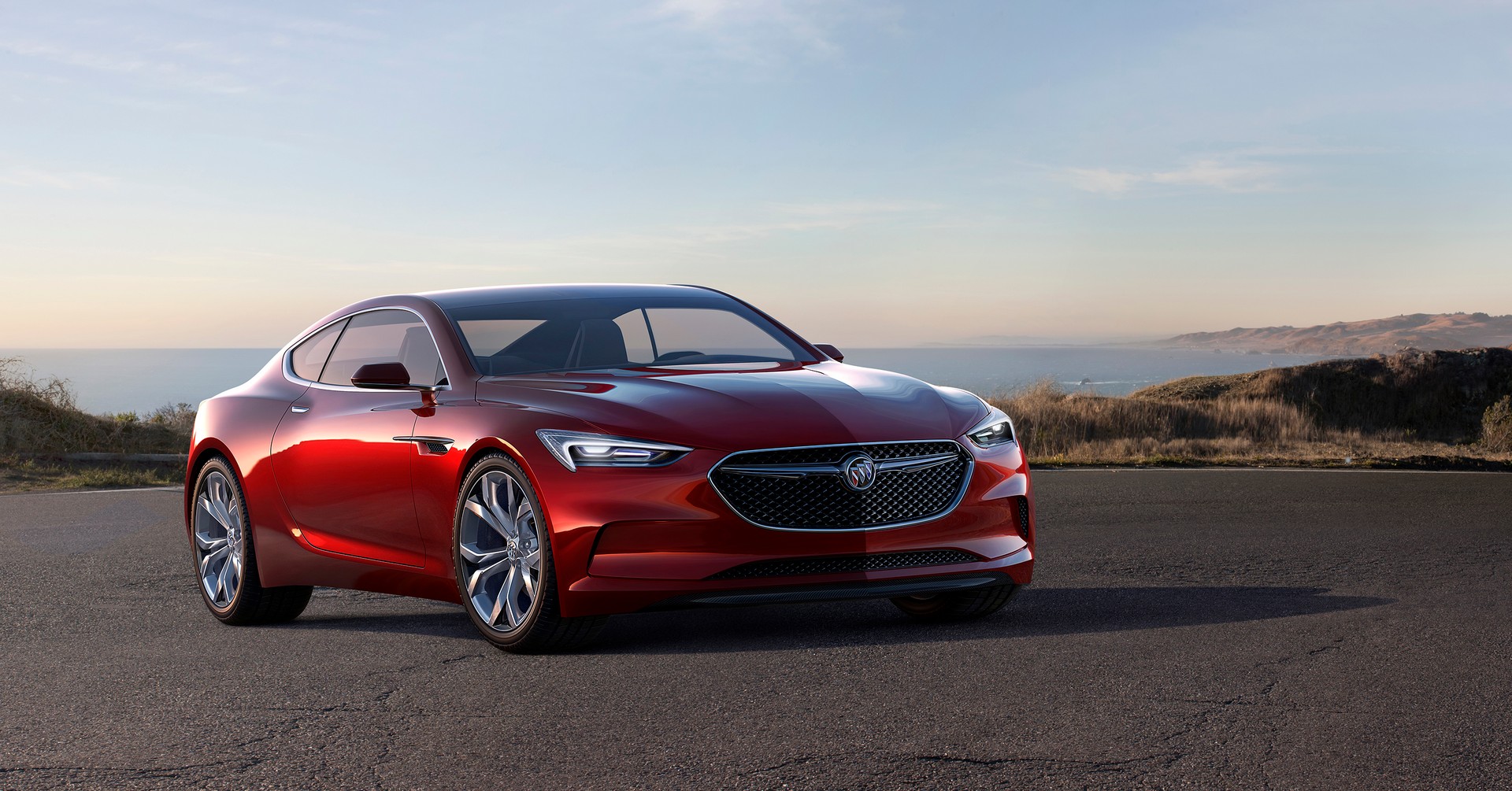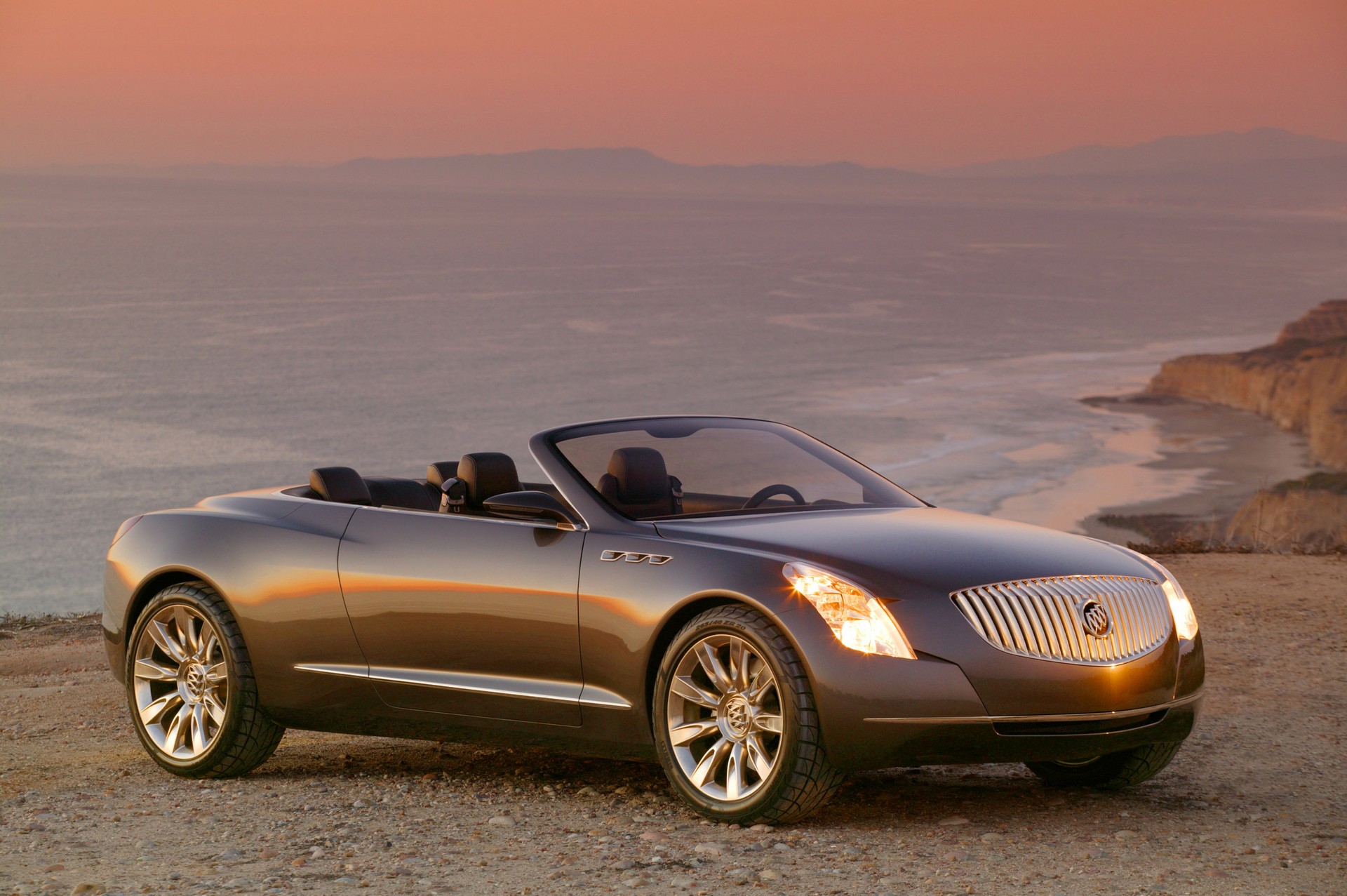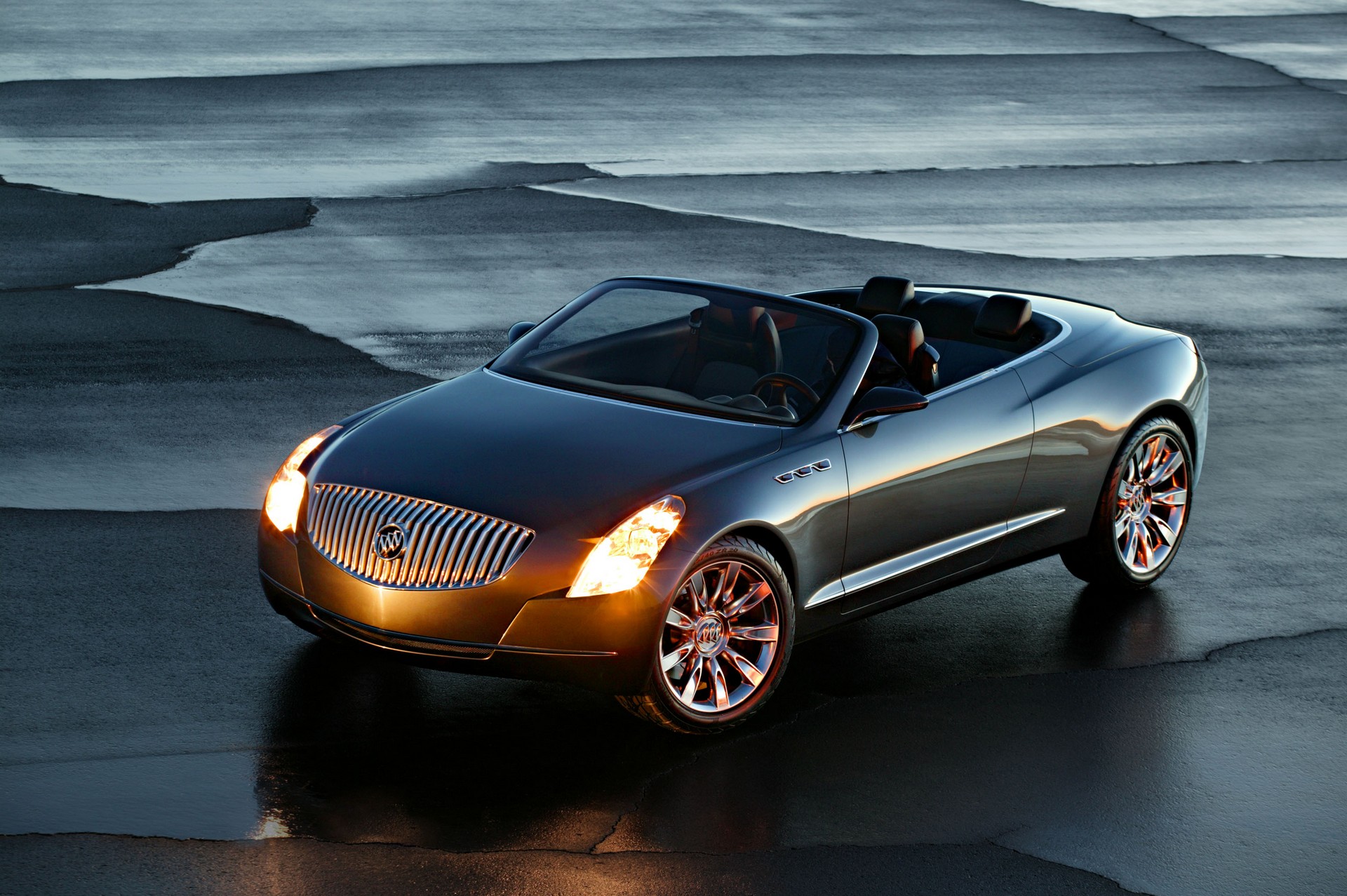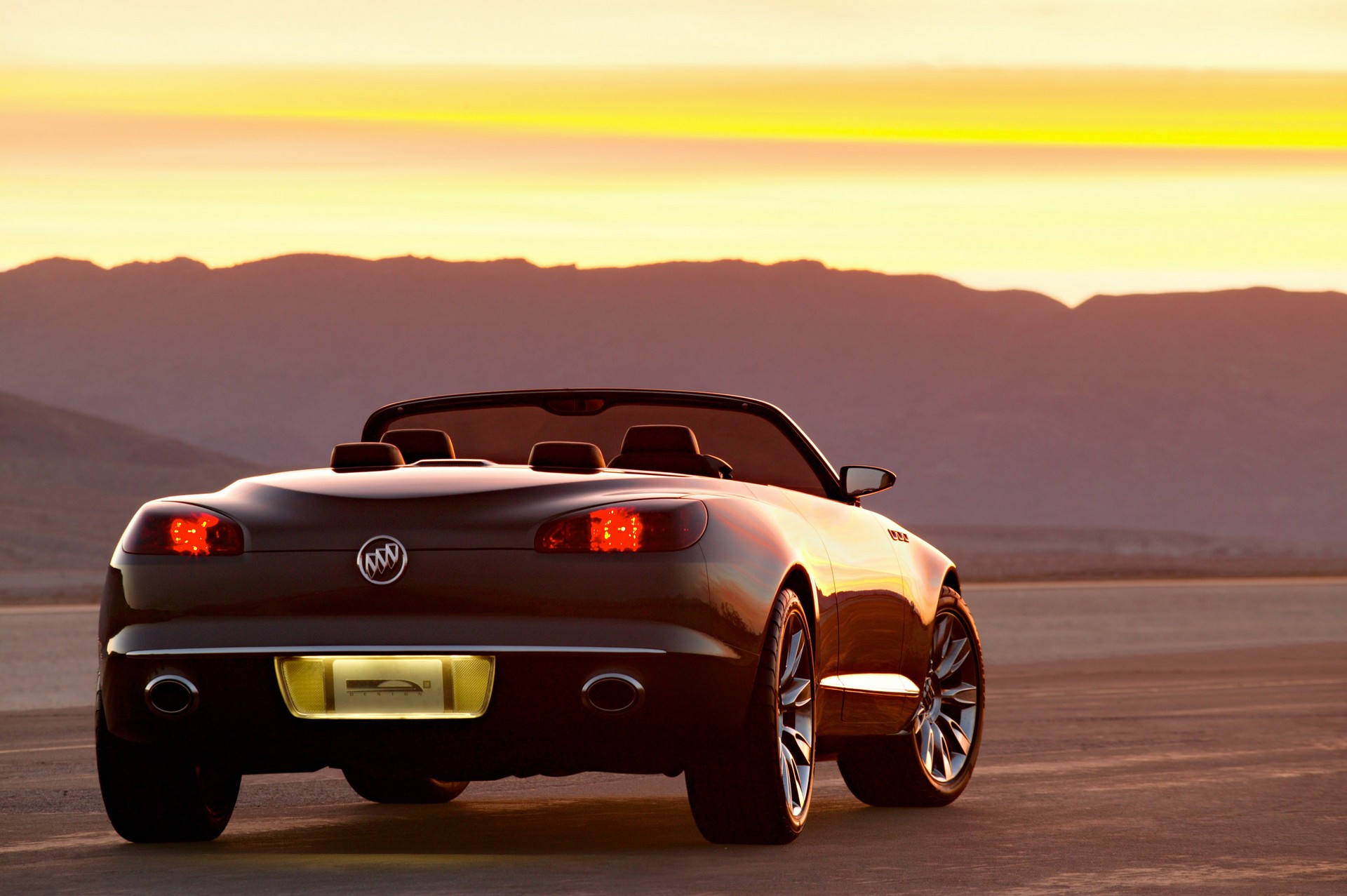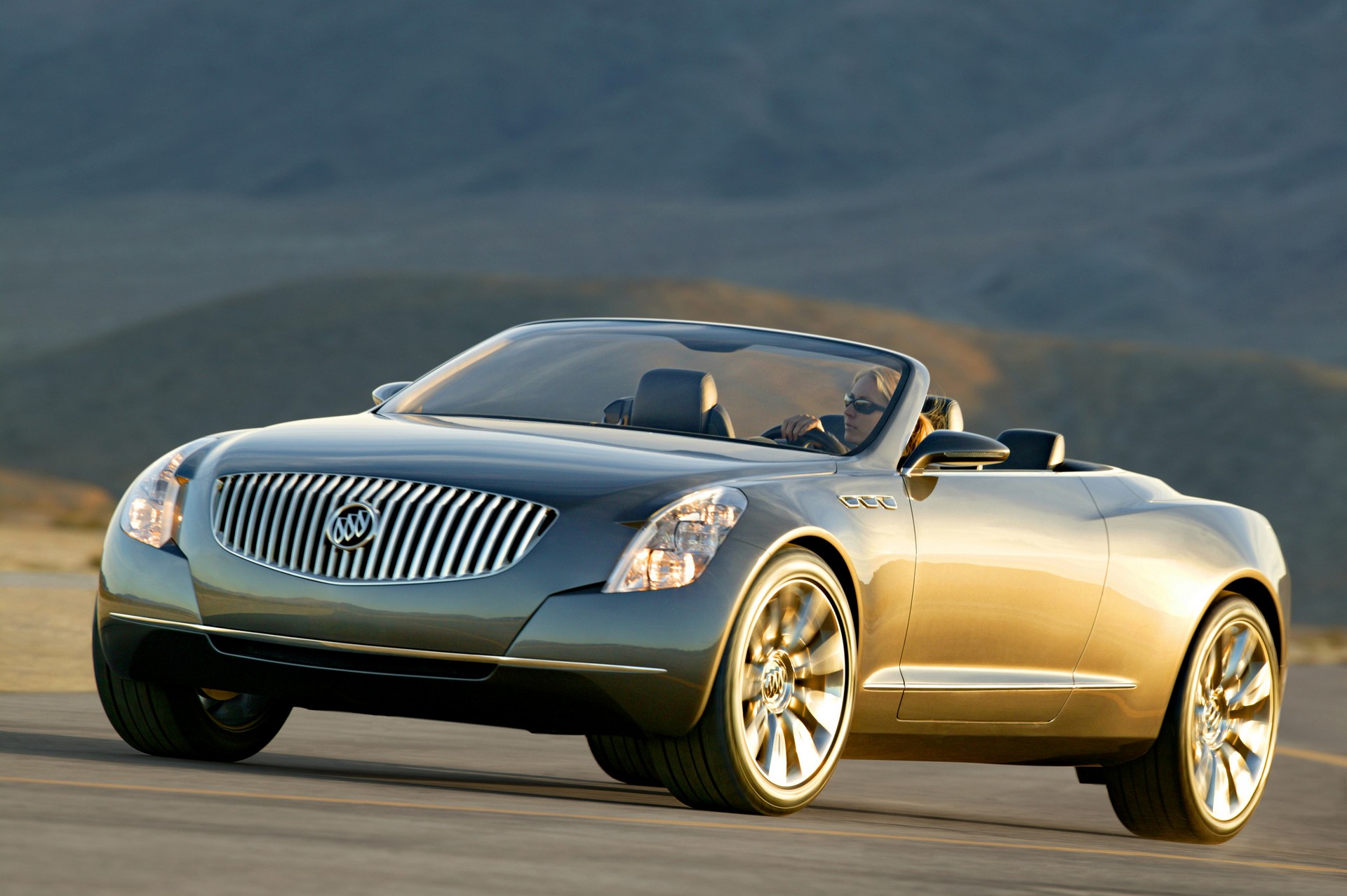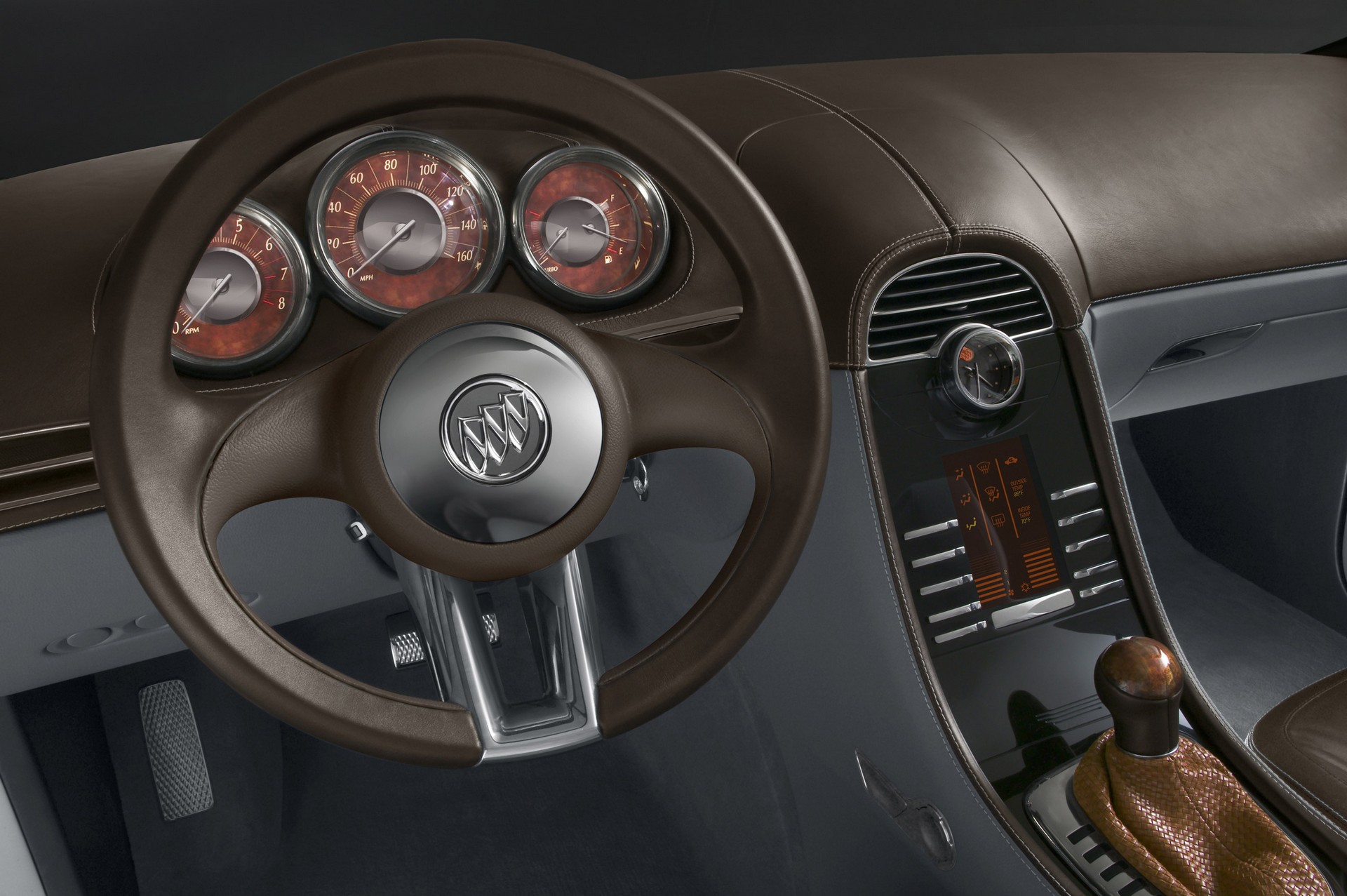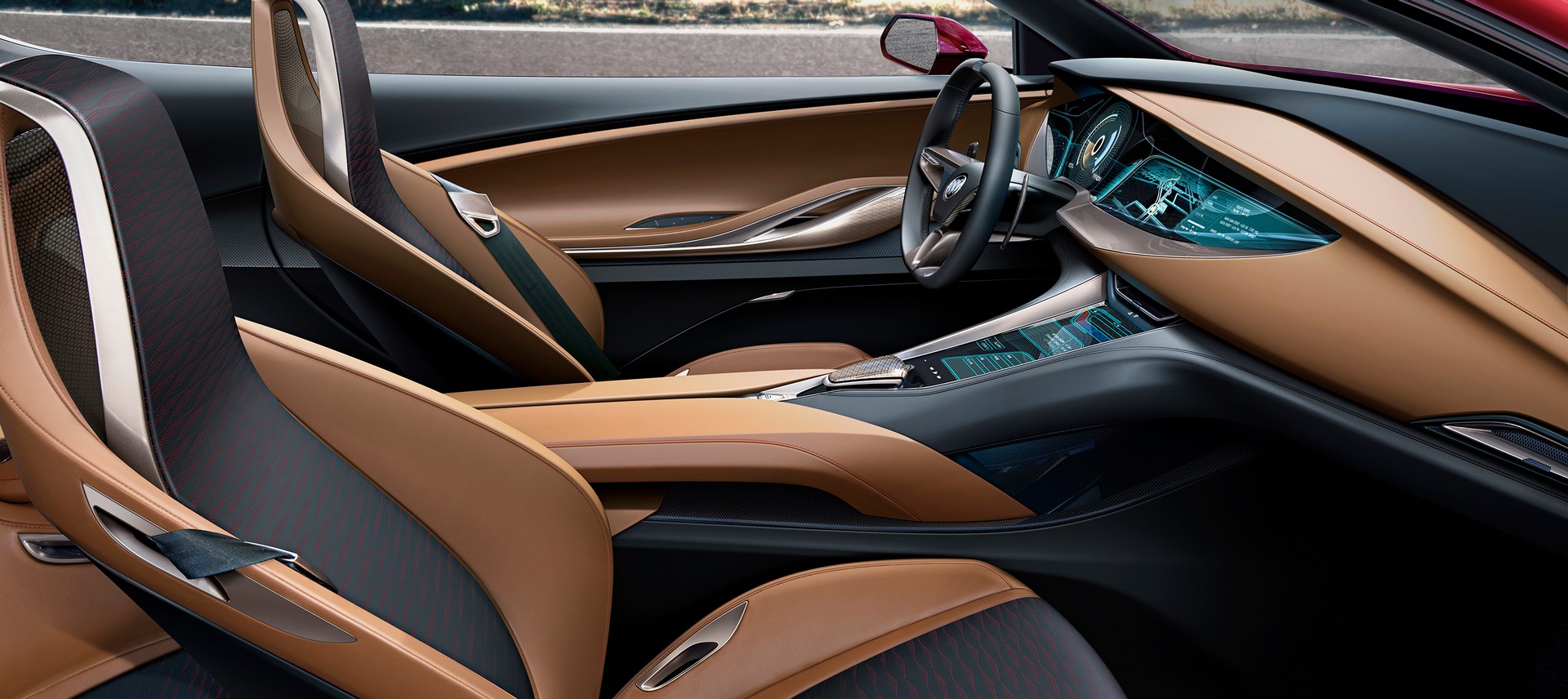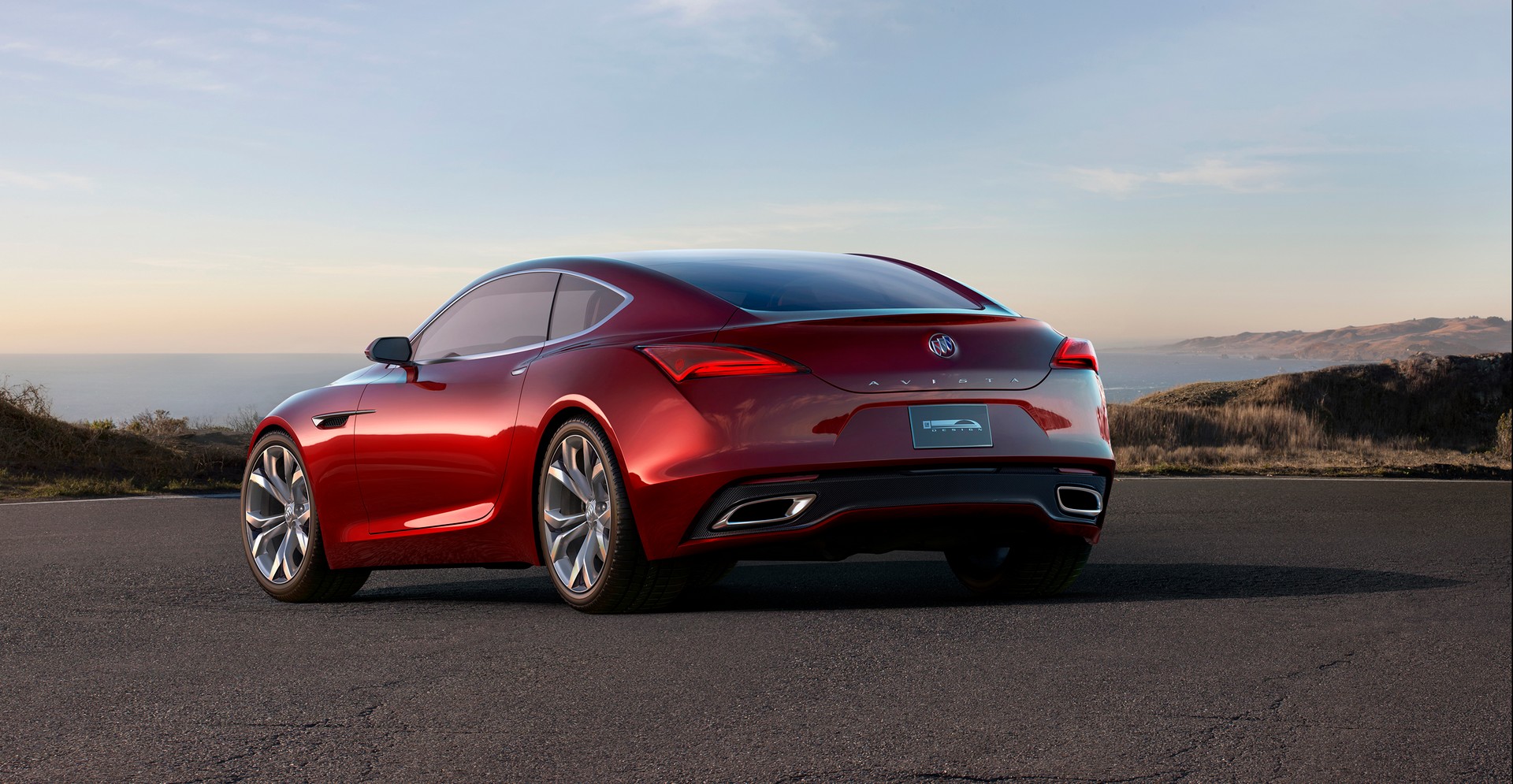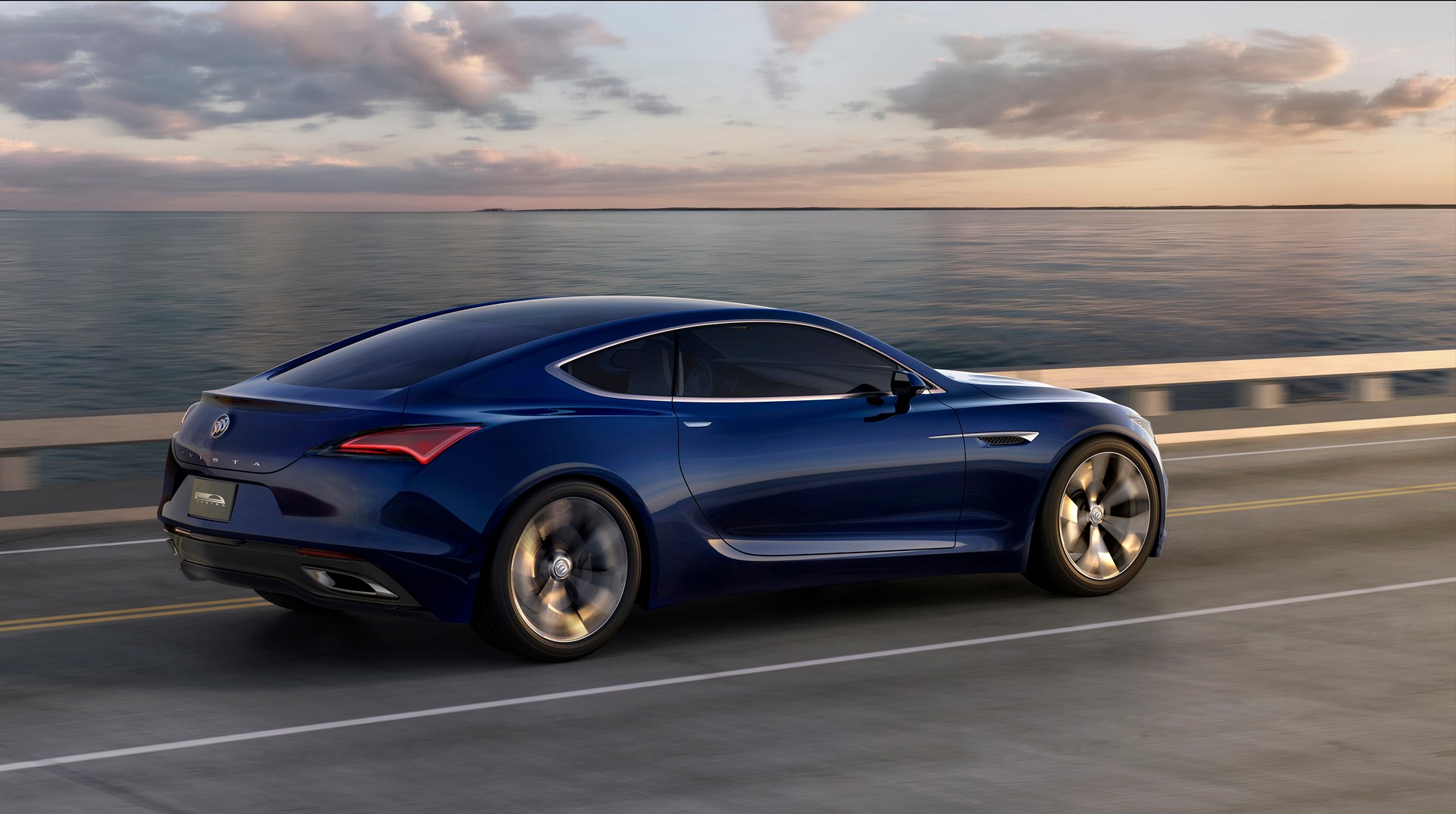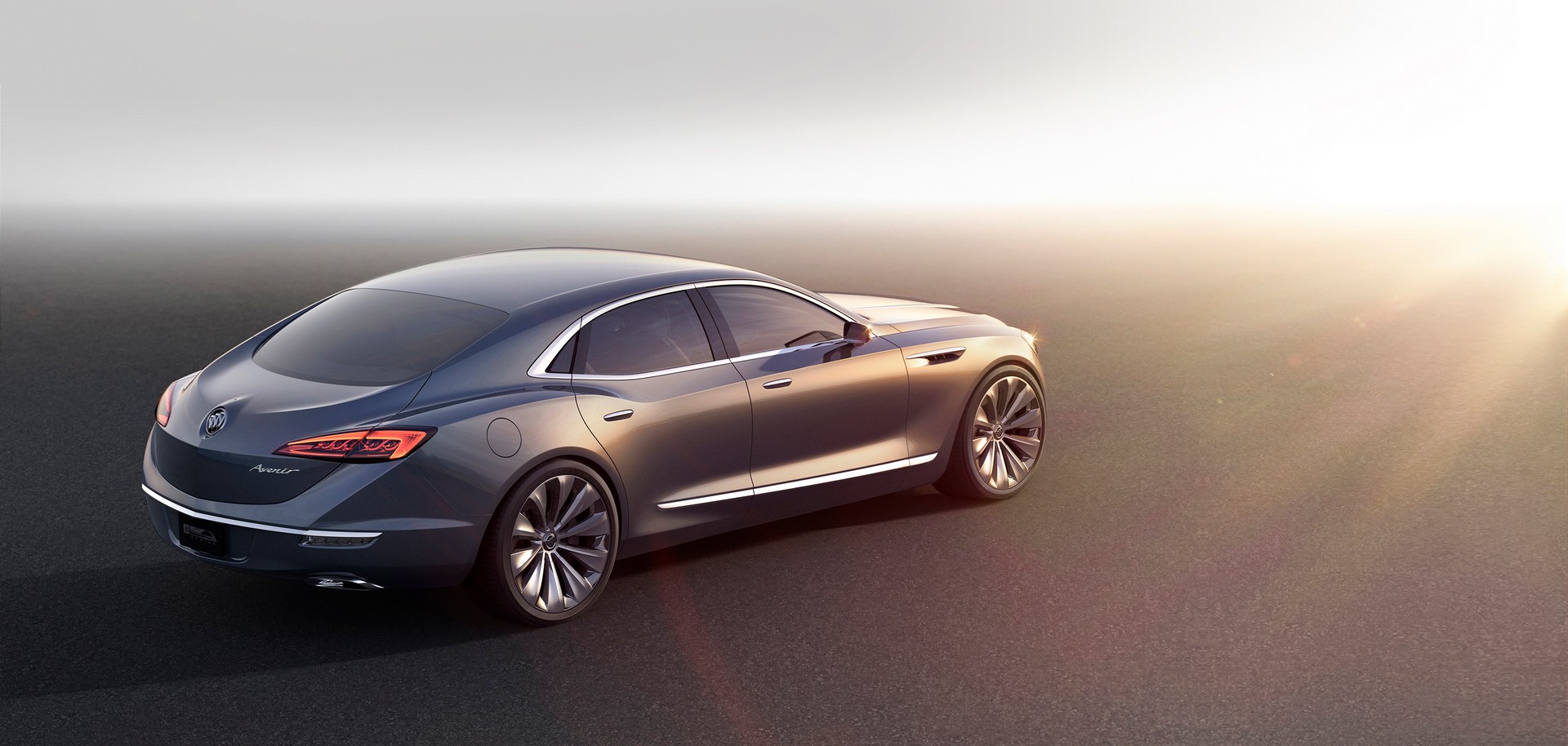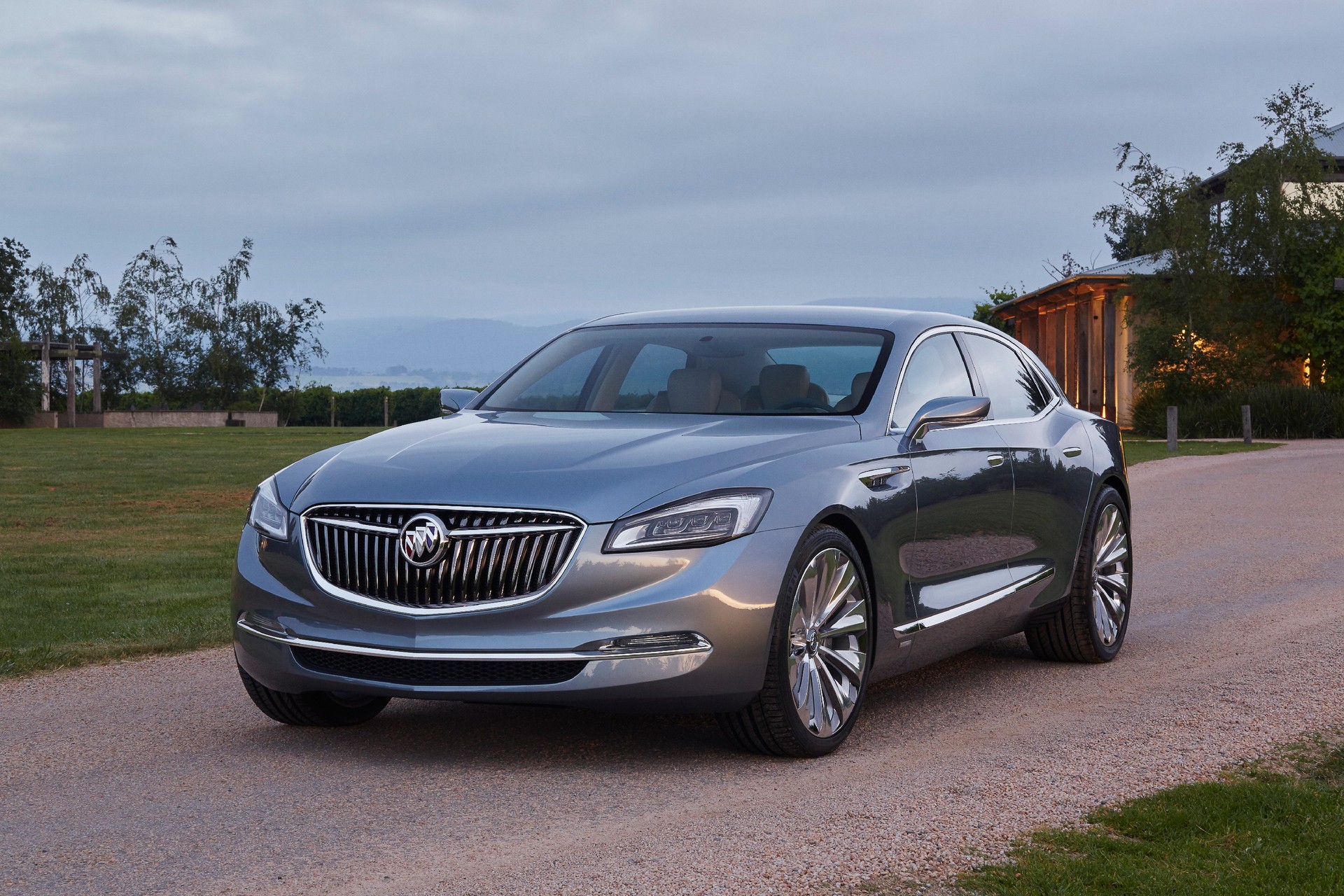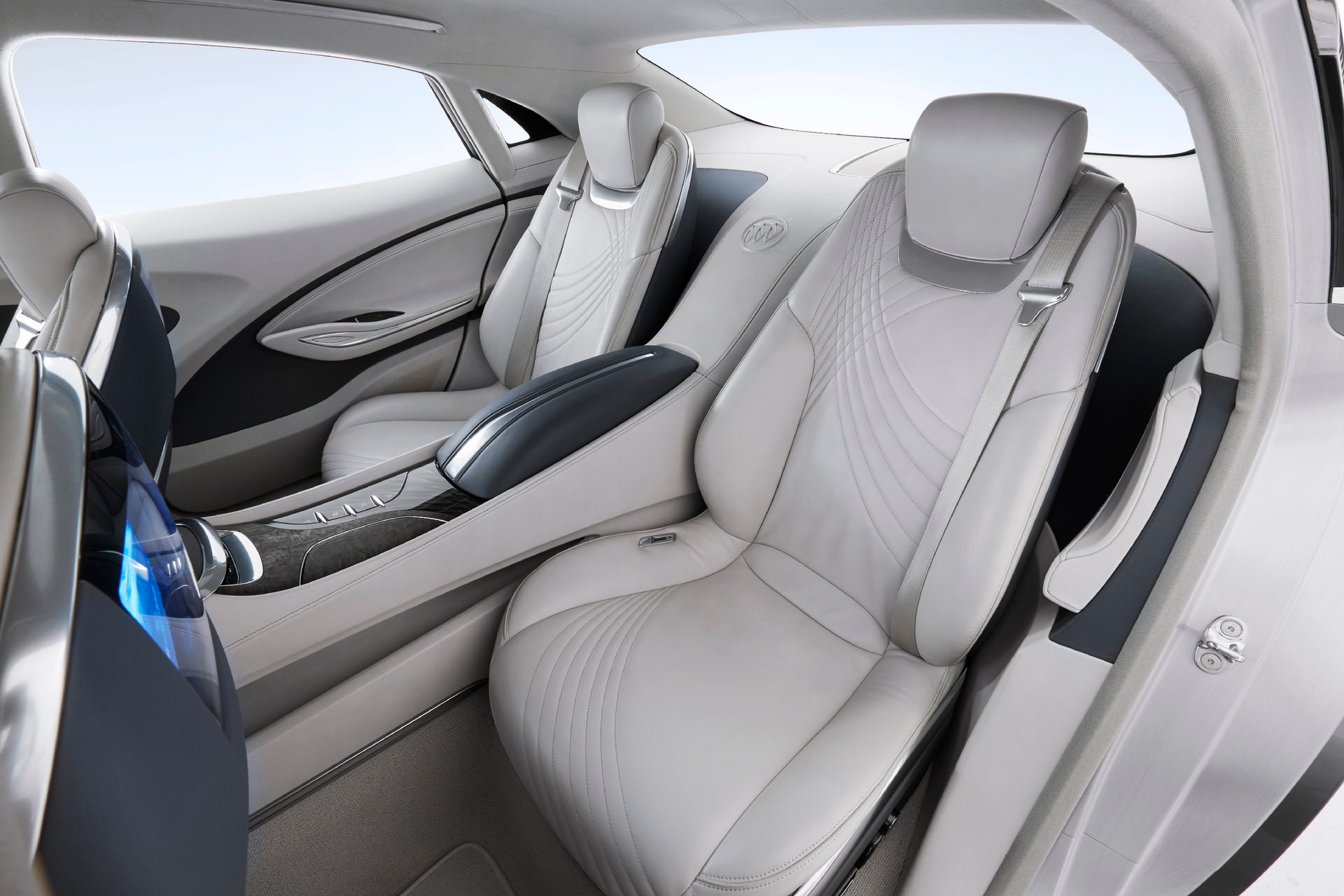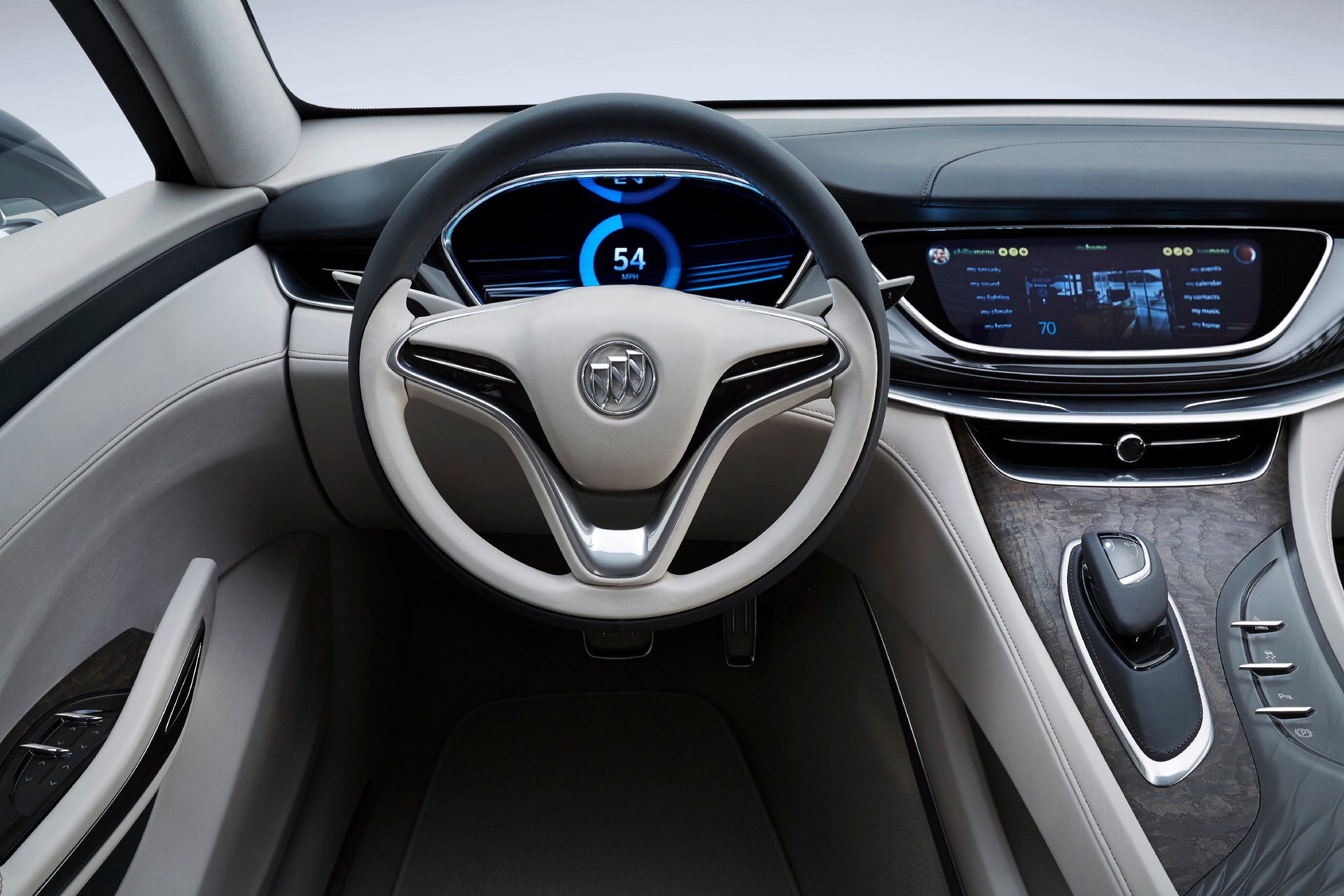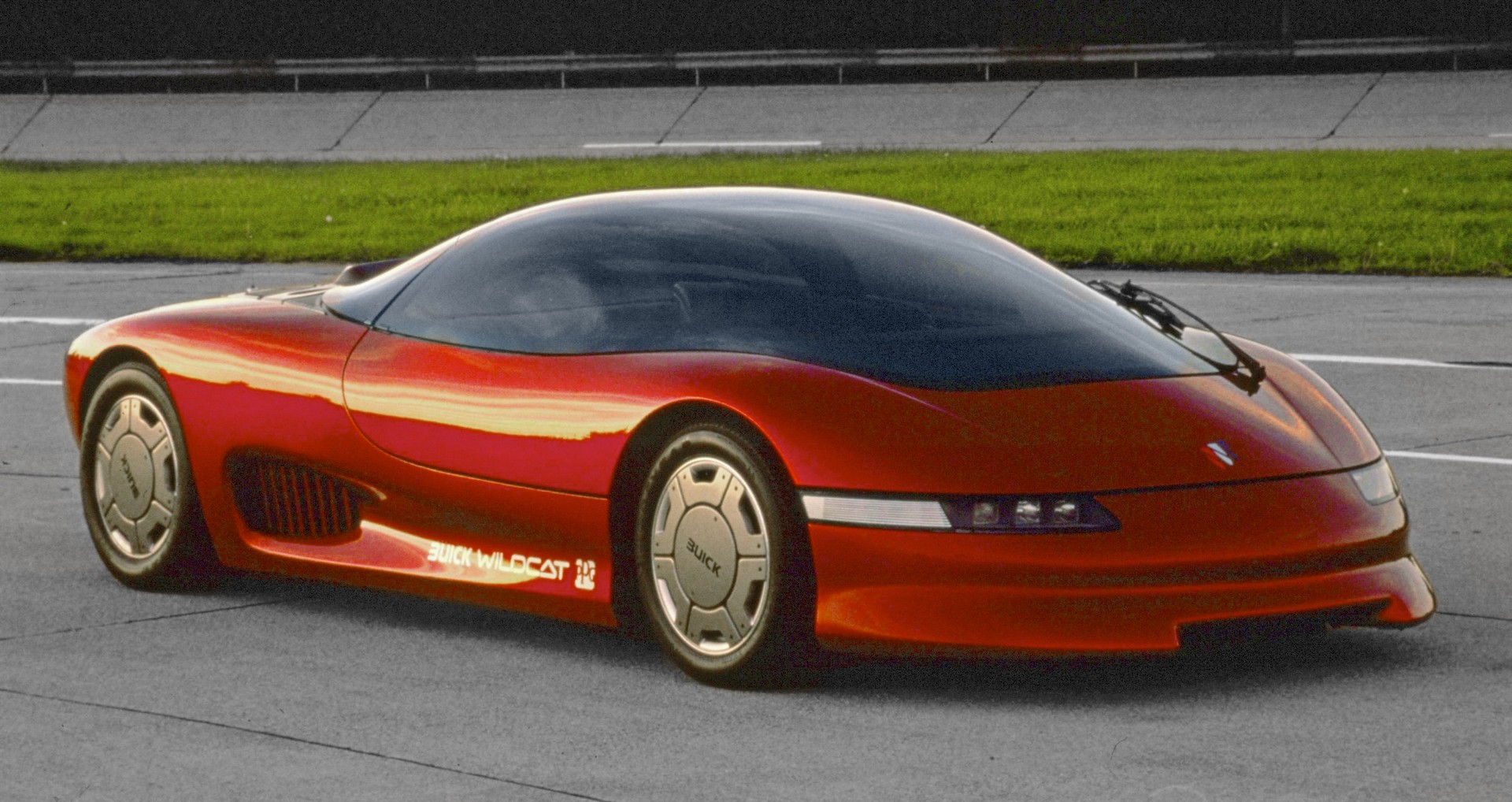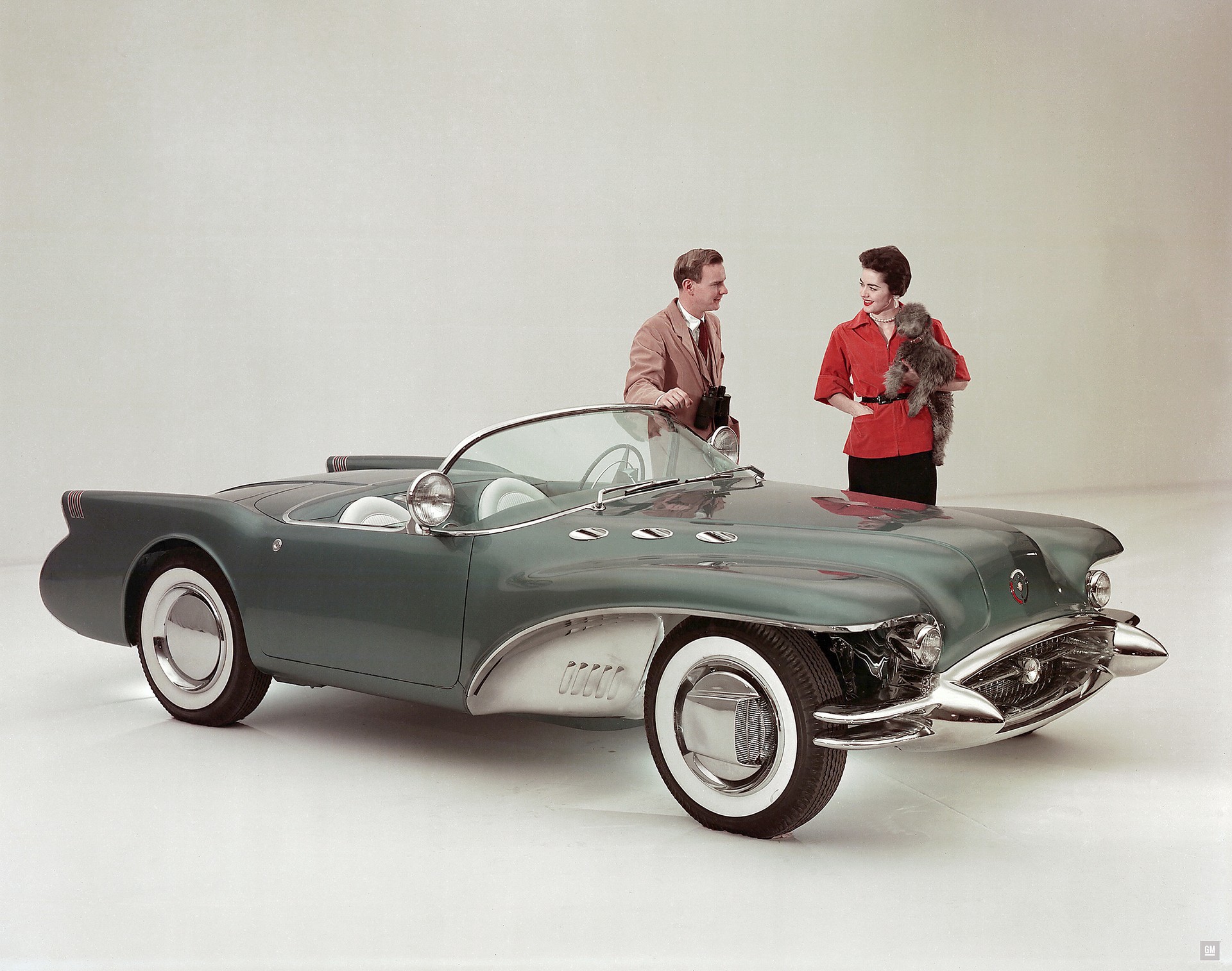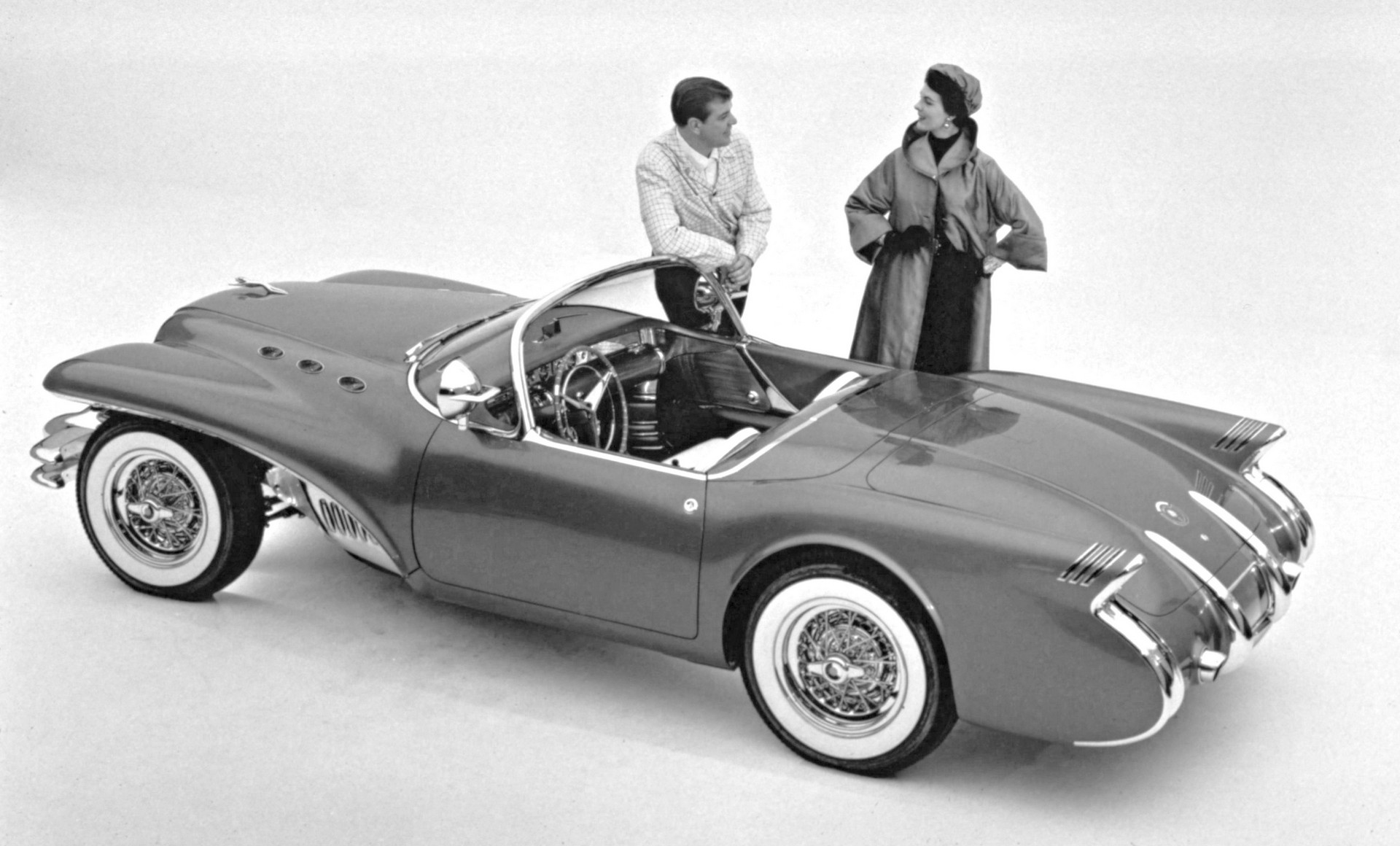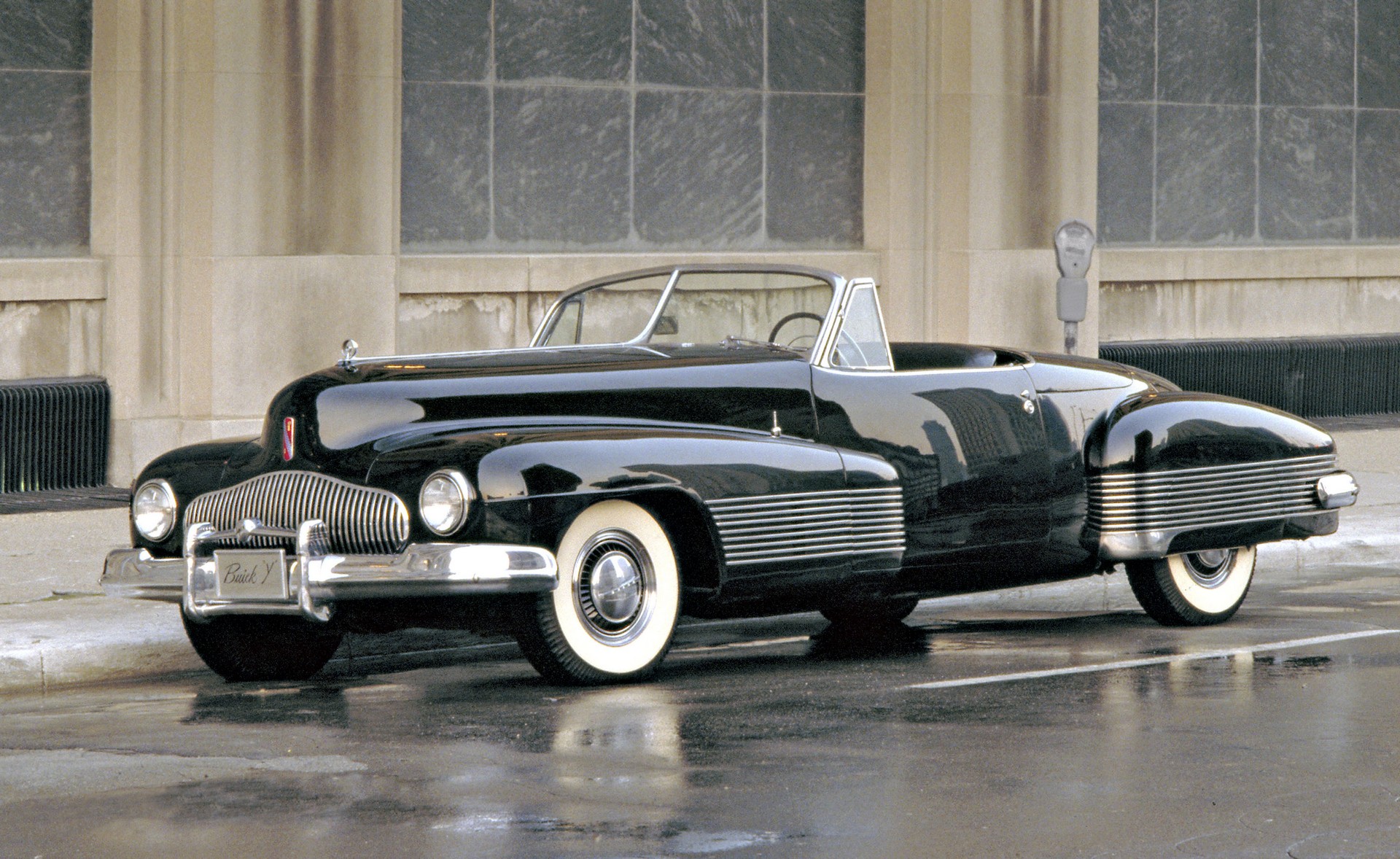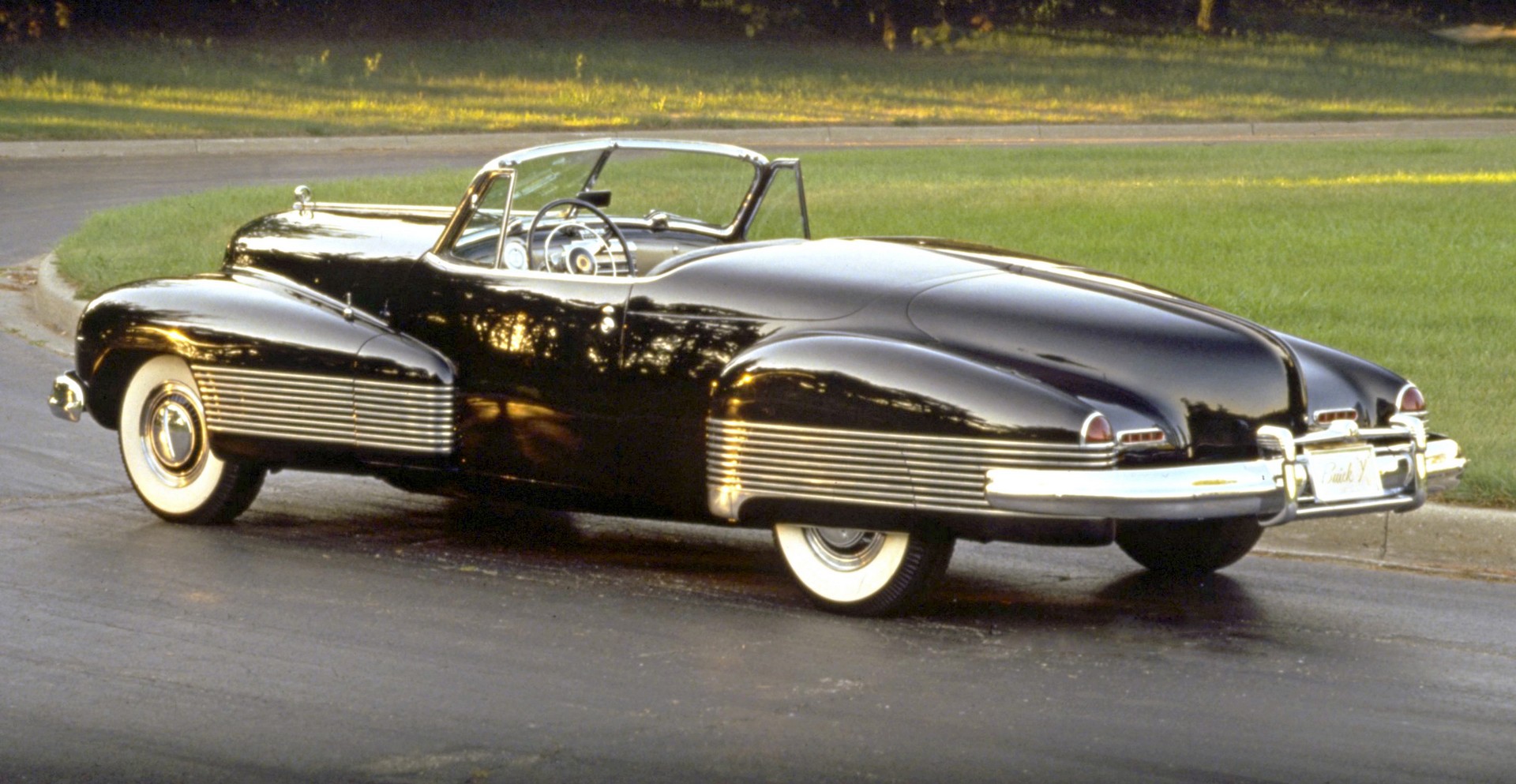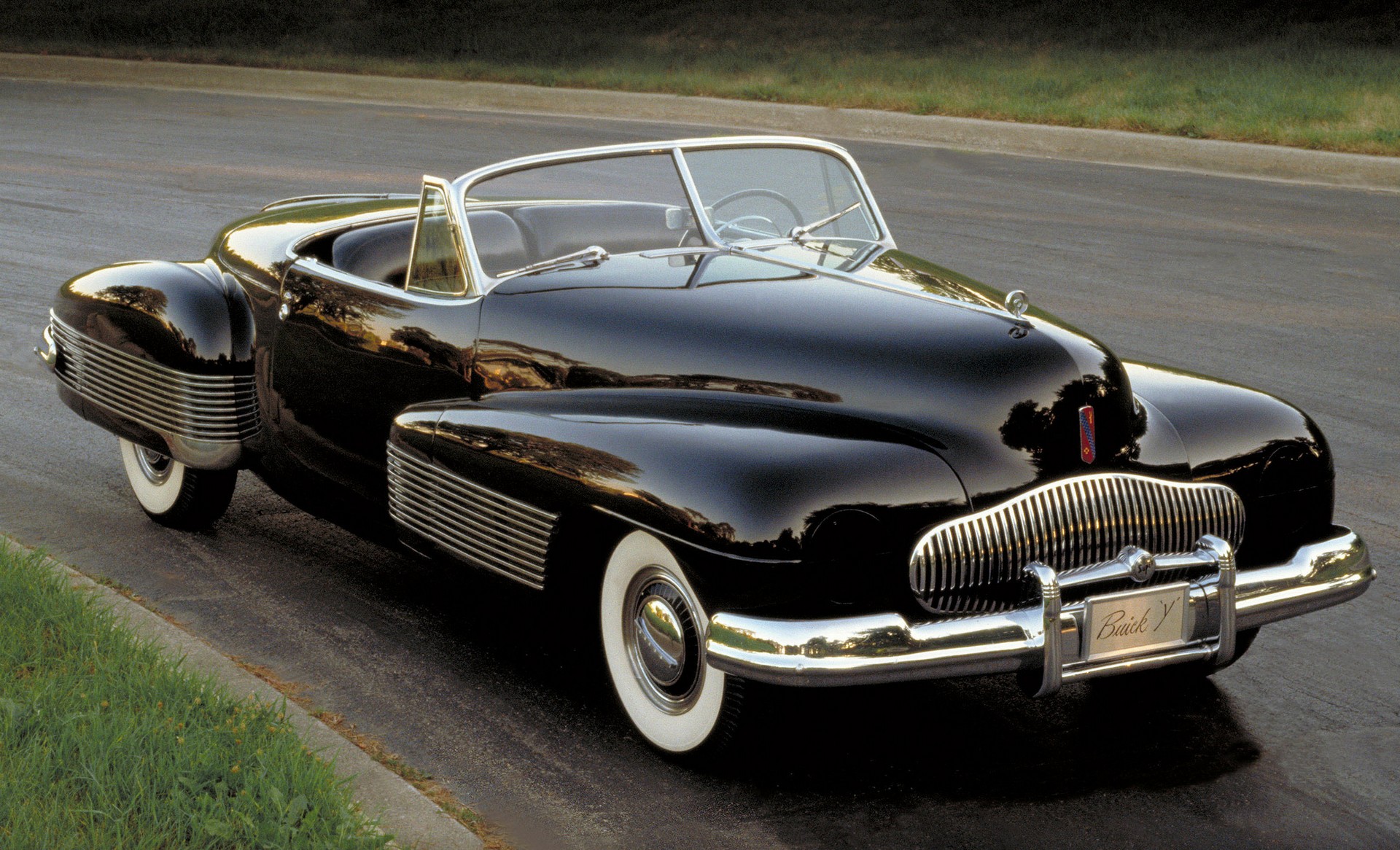Like countless others, we’re sad that Buick is transitioning into a crossover-only brand in North America.
While the move makes sense from a business perspective, it’s tragic nonetheless as Buick has a long history of building stylish sedans, coupes and convertibles. In honor of that legacy, we’re taking a look back at some of the best cars to ever wear the tri-shield logo.
Also Read: Buick Killing The Regal In North America So It Can Focus Exclusively On SUVs
It’s hard to know where to begin, but the fifth-generation Roadmaster is probably a good place to start. Built between 1949 and 1953, the model was offered in sedan, coupe, convertible and estate body styles.
Powered exclusively by eight-cylinder engines, the Roadmasters were chrome-clad land yachts with a distinctive grille, a long hood and flowing bodywork.
On the performance side of things, the Buick Gran National is still fondly remembered today. That’s especially true of the GNX variant which was limited to just 547 units.
Made with the assistance of McLaren, the car was equipped with a turbocharged 3.8-liter V6 engine that was rated at 276 hp (206 kW / 280 PS) and 360 ft-lb (488 Nm) of torque. It enabled the rear-wheel drive coupe to accelerate from 0-60 mph (0-96 km/h) in 5.4 seconds and run the quarter mile in 13.4 second at 104 mph (167 km/h).
Of course, as Road & Track pointed out in 1987, GM underrated the output and gave conservative performance specs.
Sticking with the coupe theme, the 1988 Reatta was a stylish and high-tech two-seater that featured a digital instrument cluster and a primitive touchscreen infotainment system. The latter was eventually replaced by a more conventional radio, but the early models were decades ahead of their time.
The coupe was eventually joined by a convertible, but sales near lived up to expectations. As a result, less than 22,000 units were built over the course of its four-year run.
Most GM vehicles from the 1990’s weren’t very memorable, but the 1995 Riviera made a bold statement. It reversed decades of boxy design by adopting swooping styling that truly stood out.
While the car was front-wheel drive, it offered decent performance thanks to a supercharged 3.8-liter V6 engine developing 240 hp (179 kW / 243 PS) and 280 lb-ft (379 Nm) of torque. Unfortunately, the model was dropped after four years as consumers lost interest in coupes.
The Concepts
Any talk about Buick wouldn’t be complete without discussing the company’s long line of concepts. In fact, the brand invented concepts as the Y-Job debuted in 1938 and previewed Buick’s new styling direction.
Following World War II, concepts became common place and Buick introduced a string of Wildcats. The first debuted in 1953 and the second was introduced one year later.
The second Wildcat concept is particularly noteworthy as it was essentially a Corvette in Buick clothes. As a result, it was a two seat roadster that featured a fiberglass body and a Corvette-like rear end. However, the Wildcat had a supercharged V8 engine, portholes on the hood and slightly odd front end.
One of the most iconic Wildcat concepts debuted in 1985 and was a mid-engined sports car. It featured a futuristic carbon composite body, a canopy-like roof and a 3.8-liter V6 engine that was upgraded by McLaren. The latter produced an impressive 360 hp (268 kW / 365 PS) and 245 lb-ft (332 Nm) of torque.
The engine was connected to a four-speed automatic transmission and sent power to an all-wheel drive system. Unfortunately, the model wasn’t as fast as it looked as the car reportedly took 8.4 seconds to hit 60 mph (96 km/h) and was electronically limited to 70 mph (112 km/h).
Even Buick’s more recent concepts have been hits and many people wish they would have gone into production. This was practically true about the stylish Velite convertible that rode on the rear-wheel drive Zeta platform and featured a twin-turbo V6 engine developing 400 hp (298 kW / 406 PS) and 400 lb-ft (542 Nm) of torque.
The four-seater exuded class and had a stylish exterior with soft curves and massive 20- / 21-inch wheels. The upscale styling continued in the cabin as there was premium leather upholstery, retro-inspired gauges and bespoke switchgear. In a sign of things to come, the concept also had a keyless ignition.
More recently, Buick introduced the Avenir concept at the 2015 North American International Auto Show. Billed as a modern flagship sedan, the concept combined elegant styling with a minimalist but high-tech interior.
Speaking of the cabin, it had a digital instrument cluster, a 12-inch infotainment system and a floating full-length center console. Other highlights included premium leather upholstery, wood trim and metallic accents.
Many people believed the concept would eventually go into production and be based on the Omega platform that underpinned the Cadillac CT6. That never came to pass and the Avenir name was relegated to a range-topping trim.
Lastly, we can’t forget to mention the 2016 Avista concept. It made many people long for a Buick and that’s something that rarely happens.
Essentially a modern day Riviera, the Avista was a 2+2 coupe that hearkened back to Buick’s performance days. That wasn’t just marketing hype either as the concept was rear-wheel drive and featured a twin-turbo 3.0-liter V6 engine developing 400 hp (298 kW / 406 PS).
While the concept was effectively a fancy Camaro, it had a sensuous design that turned heads. That was also true of the interior as the model had a high-tech digital instrument cluster which flowed into a windscreen infotainment system.
Those are just some of Buick’s greatest hits and hopefully they won’t be the last.




